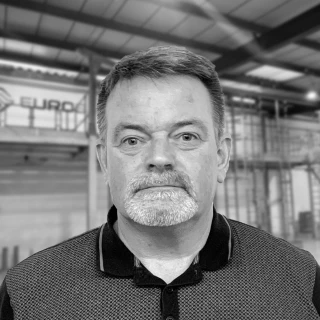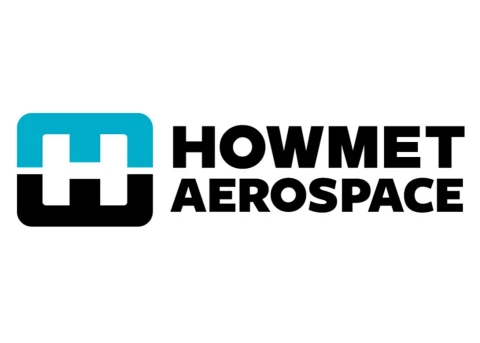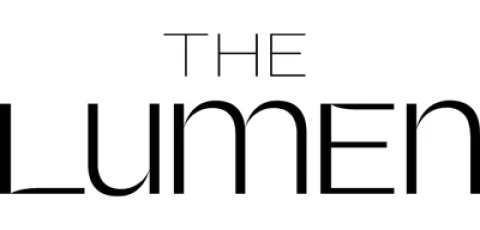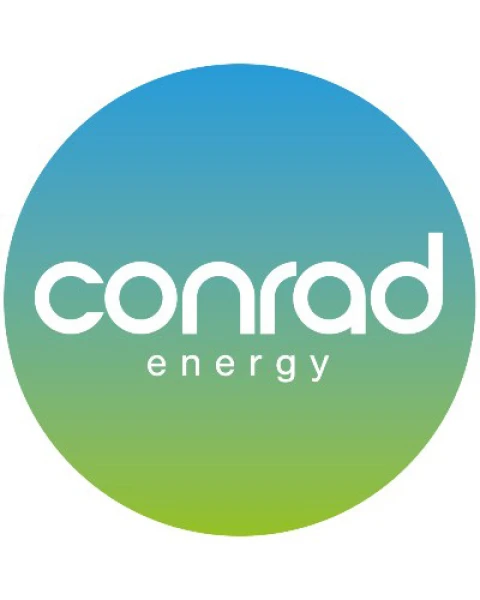

- Knowledge Base
- Blog
- Building Managers need to be more prepared for rescue situations
Building Managers need to be more prepared for rescue situations
Duty holders are exposing themselves and their employees to unacceptable levels of risk and potentially breaking the law by not having a comprehensive rescue plan in place.
The Work at Height Regulations 2005 require the duty holder (Regulation 4 and 6 [1,2]) to firstly ensure that the work is properly planned, appropriately supervised and carried out in as safe a way as is reasonably practicable; secondly, they must plan for emergencies and rescue and in addition to this, a fall protection system shall only be used if the user and a sufficient number of available persons have received adequate training specific to the operations envisaged, including rescue procedures.
Fall protection systems, when well designed and installed, are often the ideal solution to create a safe means of access for a building owner. However, where a fall protection system exposes a user to a fall hazard, there is a need to ensure that rescue is appropriately planned. It is no longer acceptable to rely upon the emergency services for this rescue provision. There is a need to plan for a swift and effective evacuation of the casualty.
When planning for rescue situations, careful consideration must be given to the type of scenario to identify the appropriate type of fall protection equipment. Eurosafe offers suitable Personal Rescue Devices (PRD) and specialist training to address scenarios which may occur on buildings and structures of varying heights.
The company has invested in Latchway PRD for all of its site engineers, which addresses most rescue scenarios up to 20m. The PRD is an integrated harness system allowing self-rescue. Worn as everyday work wear in place of a standard full-body harness, the PRD allows the user to conduct their own rescue immediately after a fall. By pulling the release cord, the descent mechanism is activated and gently lowers the user to the ground within seconds.
For heights of up to 150m, Eurosafe also offers IKAR training as part of a comprehensive rescue plan. The company has trained all of its engineers to this advanced level, equipping them with the ability to perform their own emergency rescues from rooftops, ladders and free-hanging suspensions.
The use of the PRD and IKAR training is easily incorporated into a rescue plan and gives customers the peace of mind that all Eurosafe engineers when working on their site are able to undertake a rescue in the event that a fall occurs. The IKAR training adds an additional level of safety to our work at heights and we are excited to be able to offer this enhanced service to our customers. It provides our customers with additional peace of mind in the safety and protection of our staff when working at potentially very dangerous heights, as well as reducing their risks and ensuring compliance.
















